
Some jobs are ones no one wants to do, but someone must step up to the occasion. These people frequently put their lives on the line to provide much-needed services to others, and they often succeed within their careers. However, mistakes and accidents do happen, and distractions are often an underrated factor.
Businesses often emphasize fast production, but in doing so, they push their employees past their physical limits. Late hours and rotating schedules can leave people without adequate rest to complete a job. In other cases, workers don’t have enough safety training, and they become distracted or overconfident. Distraction is a major threat in high-risk occupations, but it doesn’t have to remain that way.
Dangerous Jobs
Some of the most hazardous industries include construction, mining, garbage collection, and logging. Any job dealing with heavy objects, towering heights or toxic substances is bound to present a safety risk to employees. According to the Bureau of Labor Statistics, construction saw 1,008 deaths in 2018, and waste management had 89. Mining had 130 fatalities, with logging at 75.
These statistics are only a small sample of a select few industries — many more life-threatening occupations exist with similar or higher numbers. Exercising caution becomes a determiner for life or death in these careers, and employees aren’t always aware of how much disorder one error can cause.
A bad fall or missed cue can have serious repercussions. Mixing dangerous tasks with distractedness creates a recipe for disaster every time. Workers and supervisors can avoid this issue by implementing strict safety protocols and learning what a lack of rest can do to the body.
Fatigued and Distracted Work
Being tired can affect someone on a more significant scale than they assume. Cognitive processing slows down when the body doesn’t have rest, which weakens reaction time. Not reacting quickly enough to a roadside or job site hazard can cause major injury or death. Fatigue-related crashes tend to be about 50% more likely to result in a fatality or severe injury.
Tiredness occurs when an individual doesn’t receive enough sleep or food to replenish their energy stores. The more tired a person is, the more resources they’ll need to refresh themselves. But working for hours on end without a break doesn’t give much opportunity to stop and regroup.
Mine workers often experience exhaustion because of the unique nature of their work — they regularly encounter hot or humid temperatures, repetitive tasks, and dim lighting. A review of mining fatigue includes a study showing that reaction time slows toward the end of a shift, especially for night workers.
Distractions can be just as much of an external issue as an internal one. Construction managers may pressure their employees to finish projects or tasks without regard for safety. Prioritizing speed over worker wellness leads to accidents. People may even hesitate to report injuries because they’ll receive criticism for delaying production.
Stopping Distraction in Its Tracks
The effects of distracted and fatigued work are far-reaching, but people can take measures to reduce these occurrences at their workplaces. Supplemental lighting in dark situations provides visibility and keeps people alert for longer. Limiting the use of electronics — such as phones and MP3 players — keeps people concentrated on one task.
Safety training is a necessity for all job sites. Procedures should be current and applicable to the type of equipment employees work with. Any time the company brings in new tools, they should train the relevant departments on how to use them. Regular walk-throughs encourage focused work and allow managers to spot errors or potential hazards.
Workers should have adequate break time to prevent them from burning out. Men who work dangerous occupations may feel inclined to push themselves harder because they don’t want to appear weak in front of coworkers. This mindset leads them to work past their limits and expose themselves and their colleagues to dangerous situations. All it takes is a few seconds of fatigue or absentmindedness to run a vehicle off the road or get a limb stuck in a machine.
Implementing regular breaks is only part of the equation. The other half consists of letting employees know it’s OK to take a rest. No one is weaker than someone else for needing more time. Some businesses can benefit from embracing an open communication strategy to develop a more accepting work environment.
Develop Safe Workplaces for Vulnerable Employees
Managers and business owners aren’t the only ones who contribute to establishing a safe work environment — employees do, too. When workers are on their game and not distracted, they perform their best work. Reinforcing and rewarding this behavior encourages everyone on a jobsite to protect the safety of themselves and others.

Holly Welles is a real estate writer who covers the latest market trends in everything from residential to commercial spaces. She is the editor behind her own blog, The Estate Update, and curates more advice on Twitter.
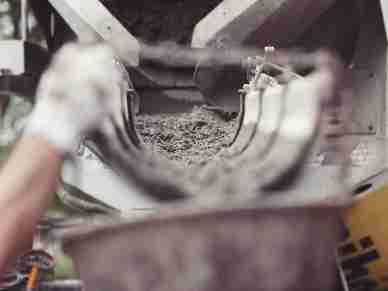

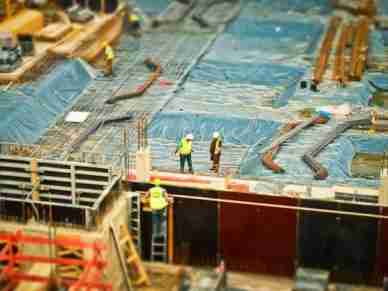
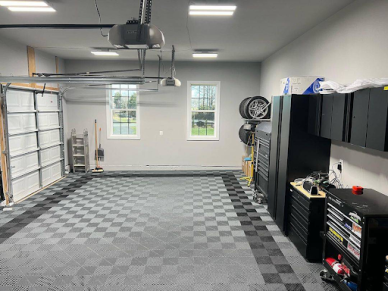

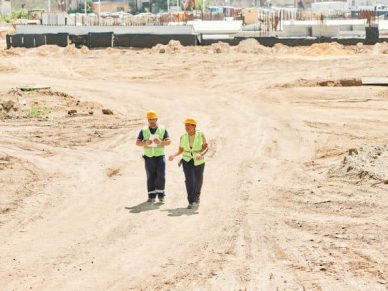
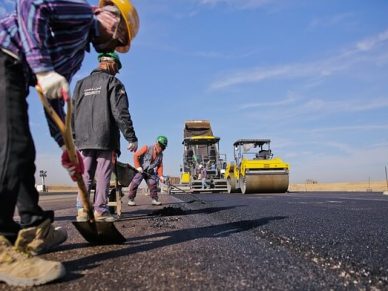


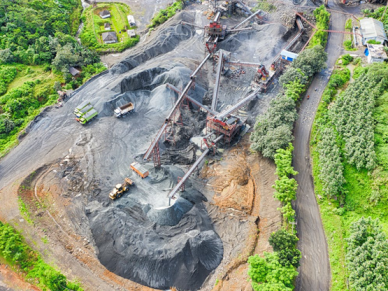





Leave a Reply